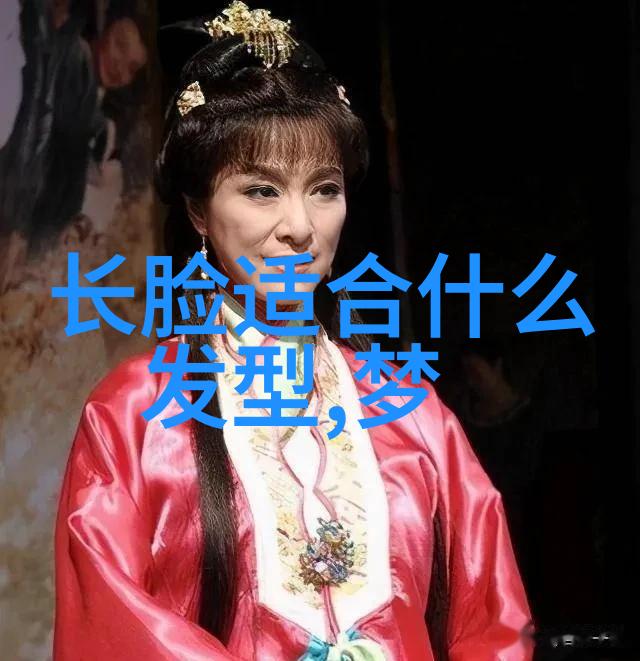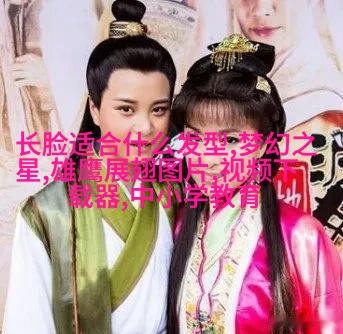日本服装穿越时空的纹理与线条
日本服装:穿越时空的纹理与线条

《穿越时空的纹理与线条》
在这个充满古老传统和现代创新的大国里,服装不仅是日常生活的一部分,更是文化交流和历史见证的载体。从简单优雅到精巧复杂,从实用性强到艺术表现力,日本服装展现了一个民族对美好生活追求的心灵深处。

纹理之美
首先,让我们来谈谈纹理。这些微妙而又精致的小细节,是日本服装中最让人着迷的地方之一。比如说,和式服饰中的“菊花图案”,它代表着春天、纯洁与永恒。这并不是一成不变,它随着季节变化而变化,每个月都有不同的图案,这样的设计既符合自然规律,也反映出人们对季节变化的敏感。

线条之韵
其次,我们不能忽视那些流畅优雅的线条。它们像画家笔下的勾勒一样,将整个作品连接起来,使得每件衣服都成为了一幅动人的画卷。在日本,这种风格被称为“简约主义”。简约,不意味着缺乏设计,而是一种通过极致简化来达到最终目的的手法,无论是在剪裁上还是在颜色选择上,都体现出了这一点。

时尚与传统
然而,在这两者之间,又有一道难以逾越的界限——时间。当现代城市风格遇上了传统文化元素时,便产生了新的生命力,比如所谓的“J-Pop”或“Harajuku”街头风格。这一代年轻人的潮流,不但吸收了西方流行元素,还融合了自己独有的民族特色,如夸张造型、搭配奇异物品等,这些都是当下世界各地年轻人崇拜的一种新潮流。

价值观念
值得注意的是,Japanese clothing system is not just about aesthetics; it's also deeply rooted in social and cultural norms. For instance, the traditional Japanese kimono is a symbol of respectability, elegance, and dignity. The way one wears it can convey their status, occupation or even marital status.
Moreover, the concept of "wabi-sabi" which means acceptance of transience and imperfection has a significant influence on fashion as well. It encourages people to embrace simplicity and appreciate the beauty in things that are worn out or imperfect.
结语:
Japan's clothing culture is indeed an intricate tapestry woven from various threads - tradition, innovation, simplicity and complexity all intertwined to create something truly unique. Whether you're walking through the bustling streets of Tokyo or strolling along ancient temples in Kyoto, Japanese clothing will be there - a silent yet powerful storyteller that speaks volumes about this enigmatic country's rich history and its ever-evolving identity.